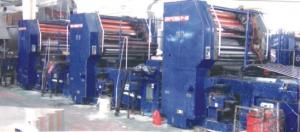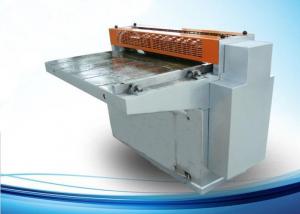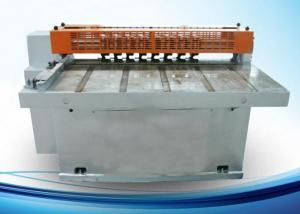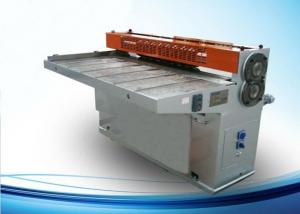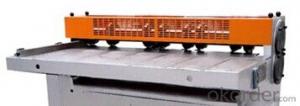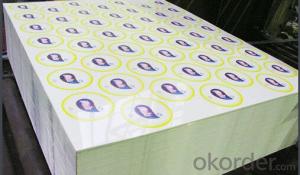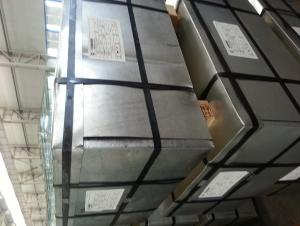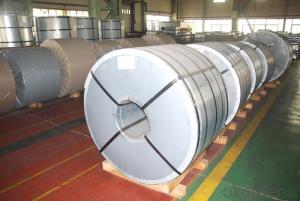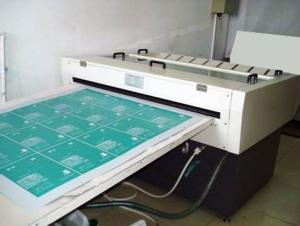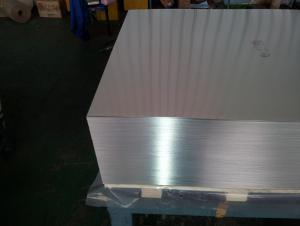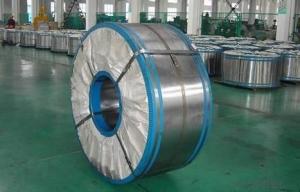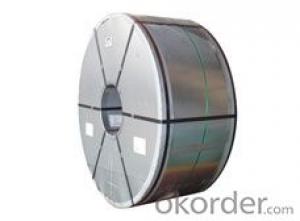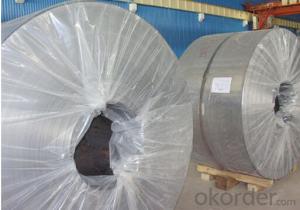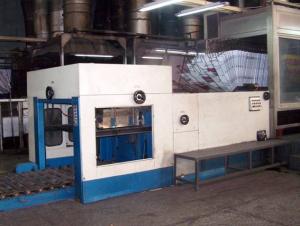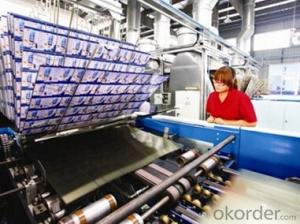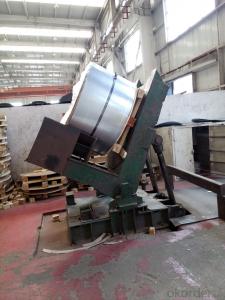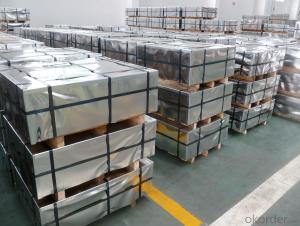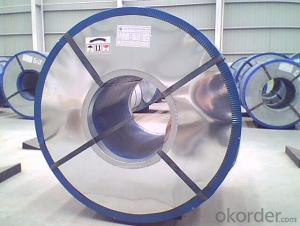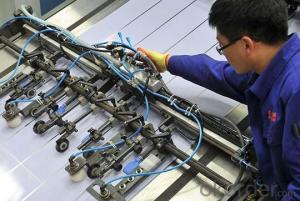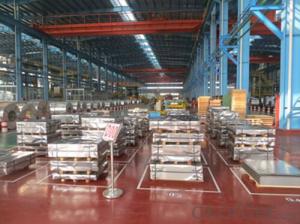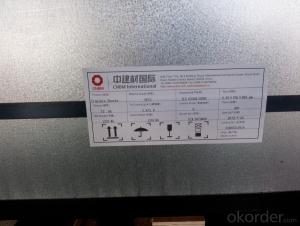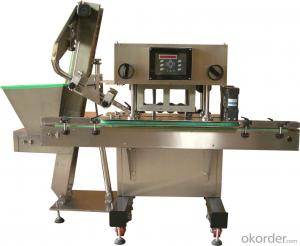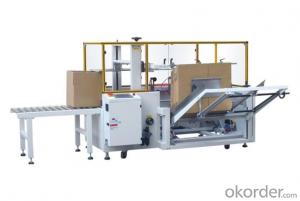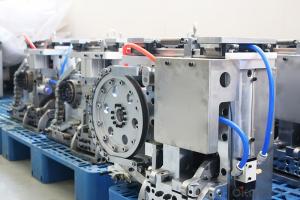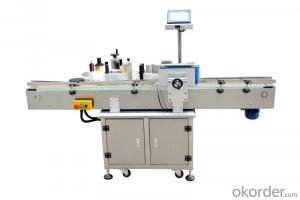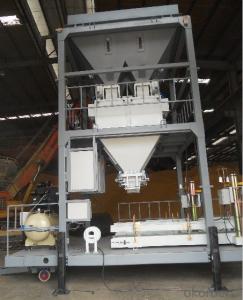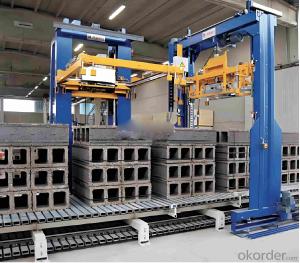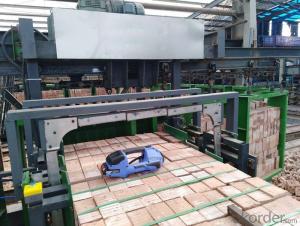Tinplate Printing
Tinplate Printing Related Searches
Printing Tinplate Printed Tinplate Tinplate Printing Machine Tinplate Production Tinplate Packaging Printing Tinplate Sheet Tinplate Coating Tinplate Recycling Tinplate Products Printed Tinplate Sheets Tinplate Factory Tinplate Shortage Tinplate Manufacturers Tinplate Material Tinplate Tins Tinplate Screener Tinplate Food Packaging Tinplate Producers Buy Tinplate Tinplate China Tinplate Company Tinplate Projects Tinplate Cover Tinplate Layout Tinplate Suppliers Lacquered Tinplate Envases Tinplate Tinplate Containers Tinplate Purchasing Corp Tinplate CansTinplate Printing Supplier & Manufacturer from China
Tinplate Printing is a specialized process that involves the application of various designs, patterns, and images onto tinplate surfaces. This technique is widely used in the manufacturing of packaging materials, decorative items, and promotional products. The printing process can be achieved through various methods, such as offset printing, silk-screen printing, and digital printing, depending on the desired outcome and the specific requirements of the project.Tinplate Printing finds its application in numerous industries, including food and beverage, pharmaceuticals, cosmetics, and gift items. It is particularly popular for creating eye-catching packaging for products such as canned food, beverage cans, and aerosol containers. Additionally, it is used for decorative purposes, such as in the production of metal signs, trays, and promotional items. The versatility of Tinplate Printing allows it to cater to a wide range of aesthetic and functional needs, making it an essential component in many product lines.
Okorder.com is a reputable wholesale supplier that offers a vast inventory of Tinplate Printing products. They are committed to providing high-quality, cost-effective solutions for businesses looking to incorporate this printing technique into their product offerings. With their extensive selection and competitive pricing, Okorder.com is a go-to source for Tinplate Printing materials, ensuring that customers have access to the latest trends and innovations in the industry.
Hot Products

